Project No.02, Handout no.02, Vector Figuration
Project 02: Vector Figuration
For this part of the project we will apply our knowledge of Adobe Illustrator to create figurative drawings, or "little guys" These are primarily based on the work of Osamu Sato, in his book The Art of Computer Designing: A Black & White Approach↗. Here he advocates using very simple techniques in order to create more emergent, or complex characters, creatures, and locales.
Here the term "little guy" is used as colloquialism for organic creatures, and people typically, which have a certain level of complexity and elements like symmetry that would challenge you to utilize and reinforce what we're learning in class.
Homework
Use your burgeoning skills in Adobe Illustrator to create several figurative drawings:
- one drawing based on using only straight lines
- one drawing using on using only curved lines
- one drawing using on using only rectilinear shapes
- one drawing using on using only circular shapes
Then, combine each of those with your word or relevant type (ie "EYE" around a drawing of eyes). Here the type must be either the communal class typeface, or bespoke lettering. Produce 10 compositions in this manner, combining the text with various combinations of the drawings. You might also make new or related elements. Some examples:
- Two characters speaking words to each other.
- A gathering of characters around the word as a kind of totem or monumental figure.
- The word as a label on a shop (as in an RPG), and several people visiting it
The final deliverables for homework will be the following:
- .png's (raster w/ transparent background) of each of the above separate drawings
- .svg or .eps (vector) of each of the above separate drawings
- .png's of type + drawing compositions.
Examples from Sato's book
Below are some examples from Sato's book (which is linked below, from Archive.org) showing case studies based on the categories that are mentioned above.
Examples → Lines
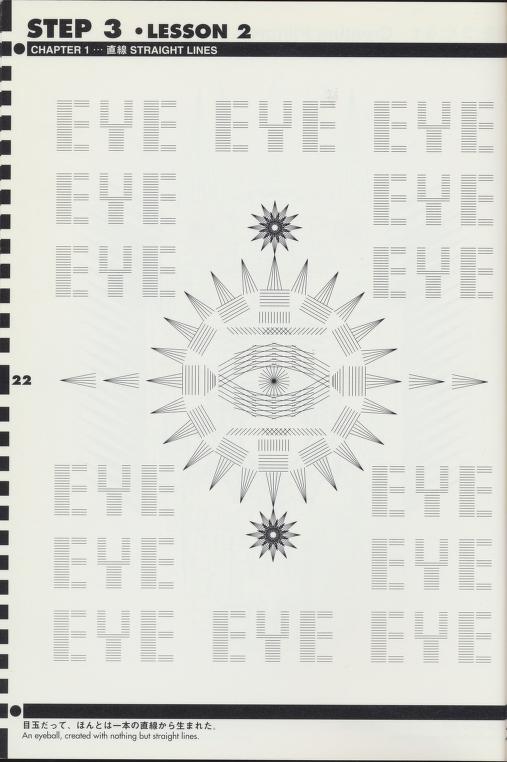
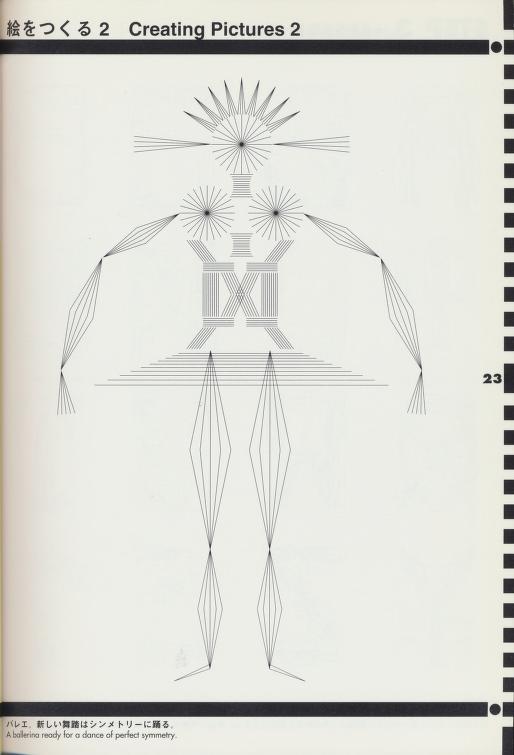
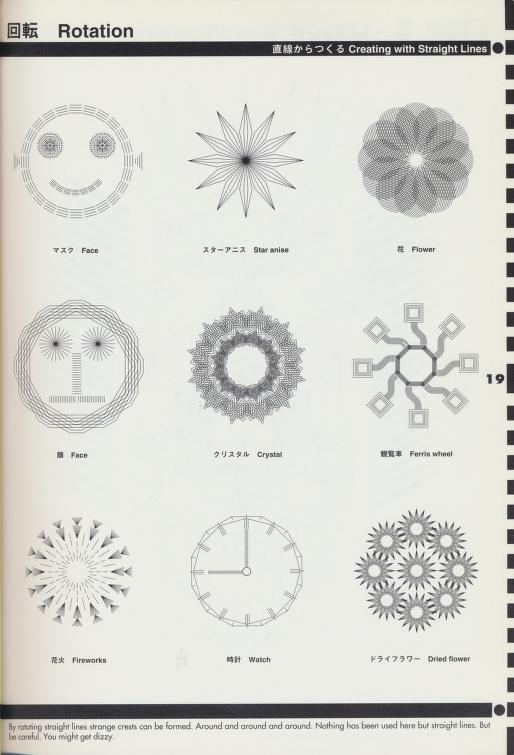
Examples → Curves
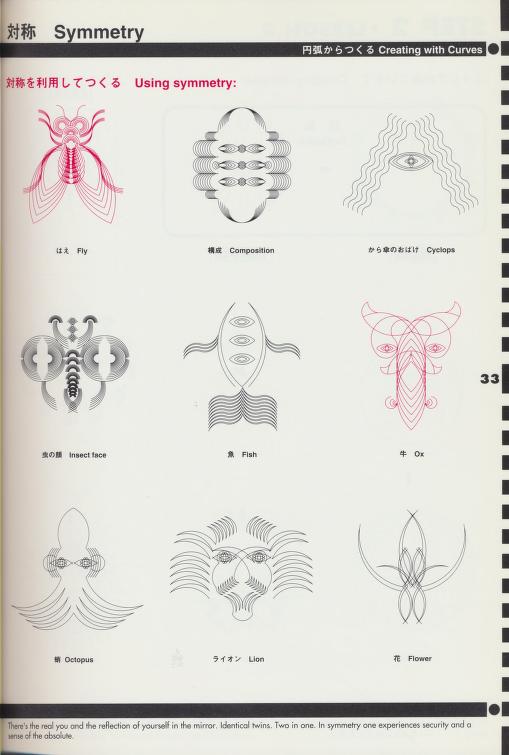




Examples → Rectangles
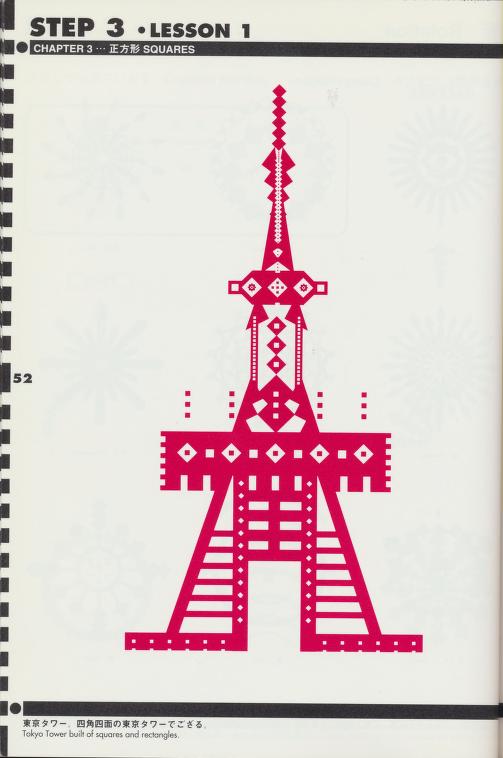

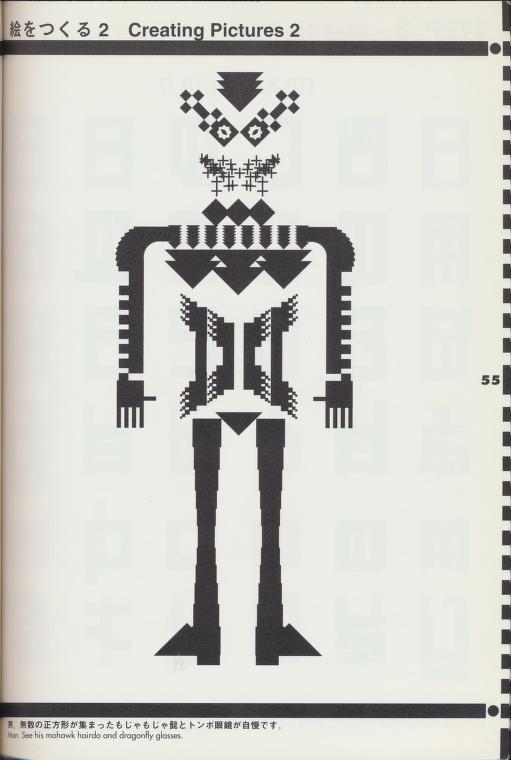
Examples → Ellipses
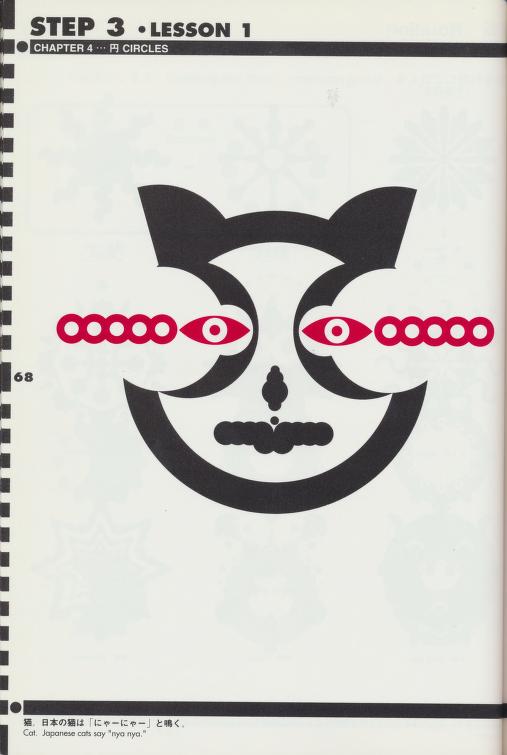
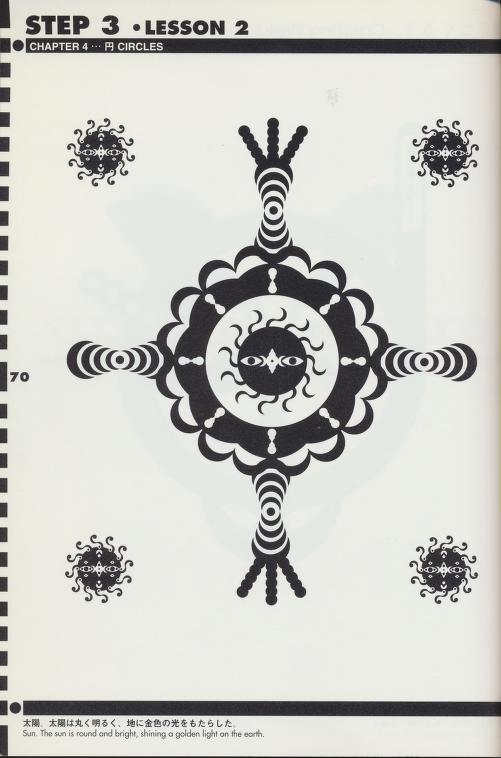
Examples → Compositions with Bespoke Lettering
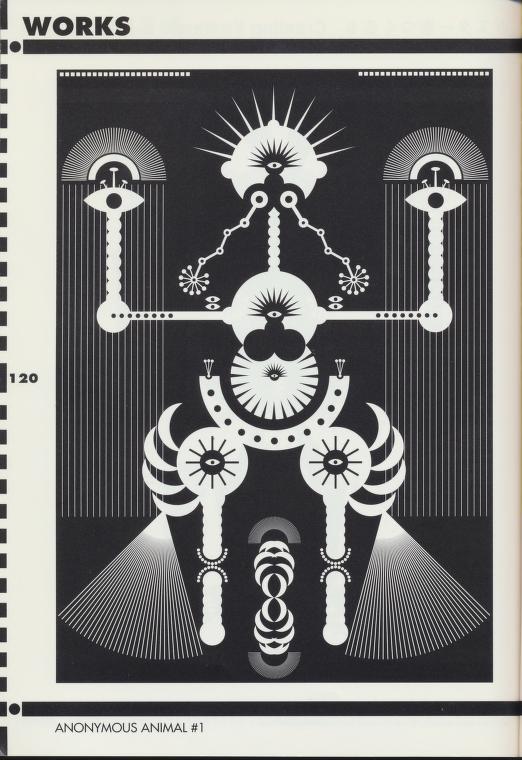


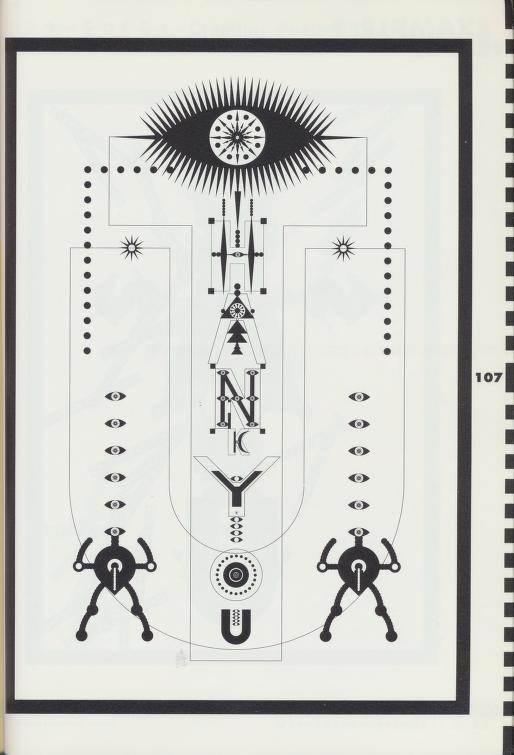
Readings and Resources
Familiarize yourself with the concepts in this week’s material and apply your understanding to the assignments you’re working on in the homework. Additionally, make note of any concepts that you find confusing, or have questions about—as well as insights you discover that pertain to the work you’re doing—to share and discuss as a class.